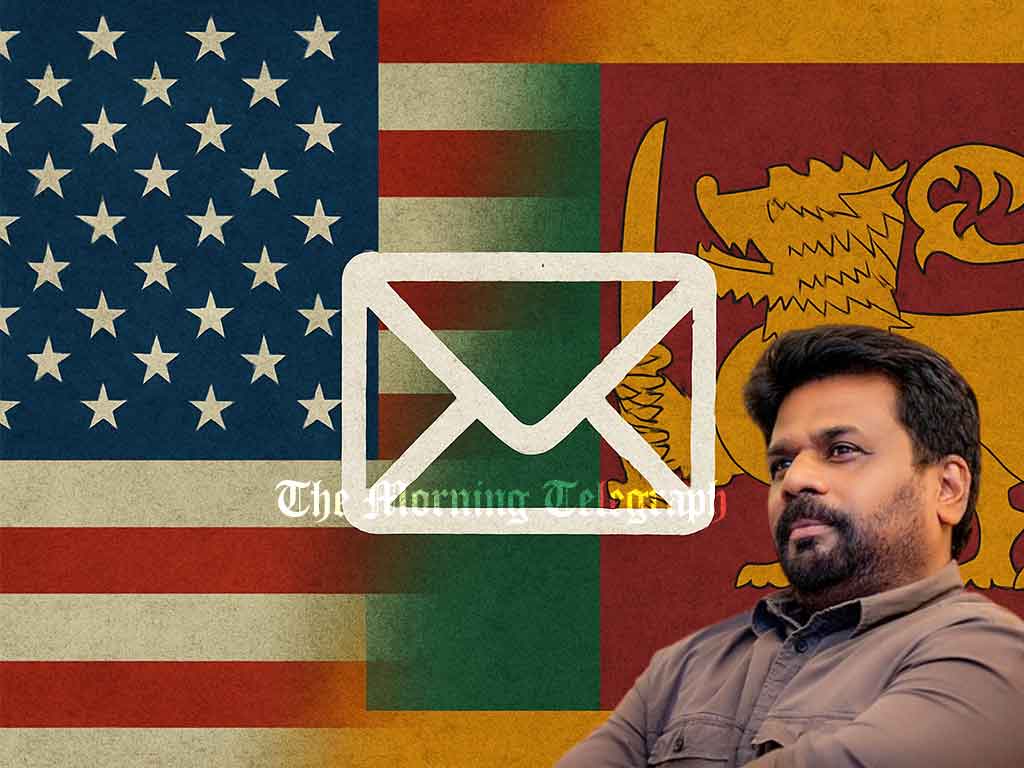
Washington, D.C. – April 25: The United States has formally acknowledged the letter sent by President Anura Kumara Dissanayake on reciprocal tariffs, with top-level trade negotiations initiated in Washington, D.C. between Sri Lanka and the Office of the United States Trade Representative (USTR).
According to a statement released by the Presidential Media Division, a Sri Lankan delegation met with USTR Ambassador Jamieson Greer on April 22, presenting original copies of correspondence issued by the Sri Lankan government at the instruction of President and Finance Minister Anura Kumara Dissanayake.
During the meeting, the Sri Lankan officials outlined the government’s efforts to revive the national economy, address both past and anticipated trade challenges, and build a more sustainable path forward. They emphasized Sri Lanka’s readiness to collaborate with the U.S. to reduce trade imbalances and lower both tariff and non-tariff barriers.
Ambassador Greer welcomed Sri Lanka’s proposals and expressed optimism that a mutually beneficial agreement could be reached swiftly, reaffirming the importance of a fair and equitable trading partnership between the two countries.
Later that day, a follow-up session was held with a USTR team led by Brendan Lynch, Assistant United States Trade Representative for South and Central Asia, and Emily Ashby, Director for South Asia. The U.S. officials reviewed in detail the written proposals submitted by Sri Lanka and engaged in further dialogue on possible trade arrangements.
Both delegations agreed to continue negotiations with the goal of finalizing a bilateral trade agreement, signaling shared urgency and a positive momentum in bilateral economic ties.
The USTR, a Cabinet-level agency, plays a central role in shaping U.S. trade and investment policy and conducting negotiations with foreign governments. The trade representative acts as the President’s principal advisor and spokesperson on international trade matters.
This meeting marks a significant development in Sri Lanka’s efforts to secure tariff relief and greater market access following recent global trade disruptions and shifting U.S. tariff policies. Further negotiations are expected in the coming weeks.




